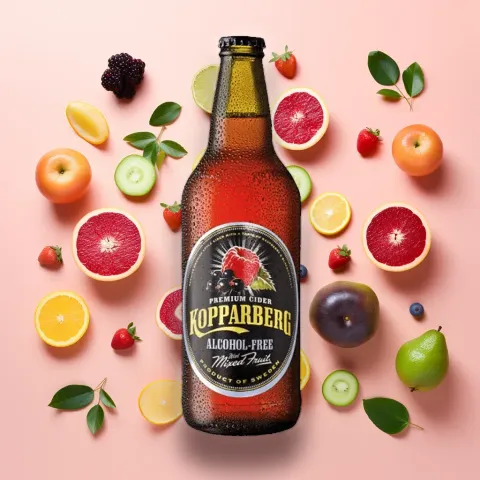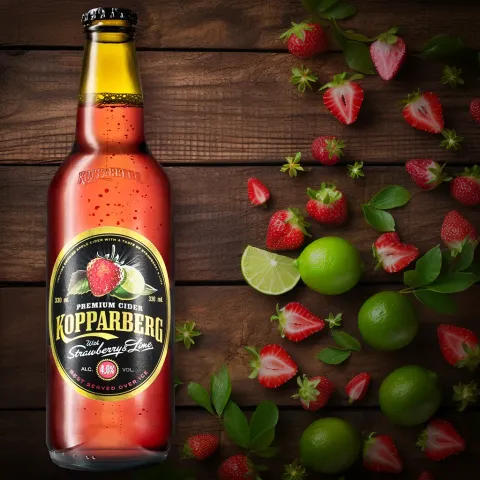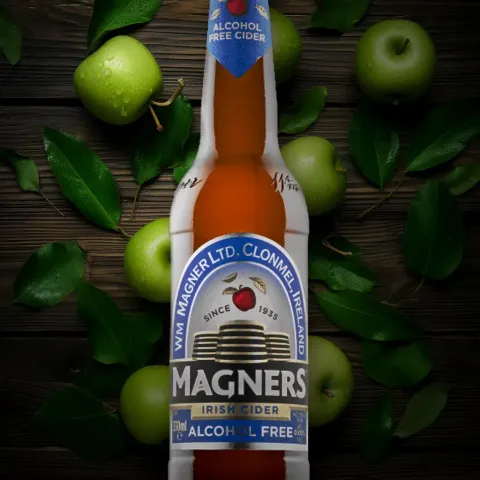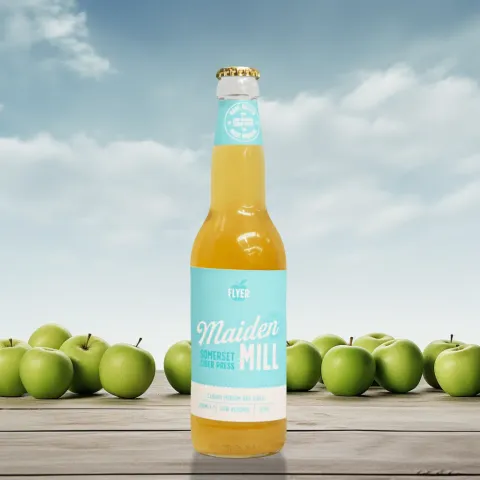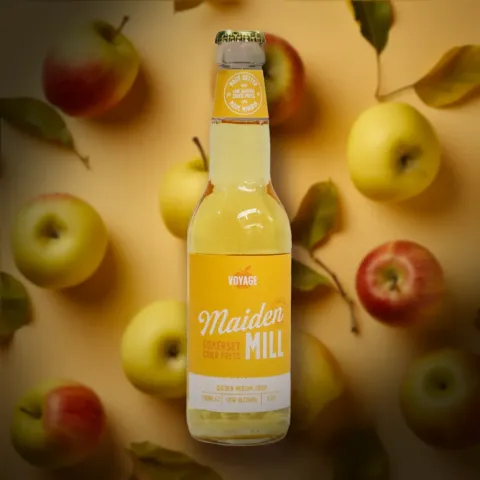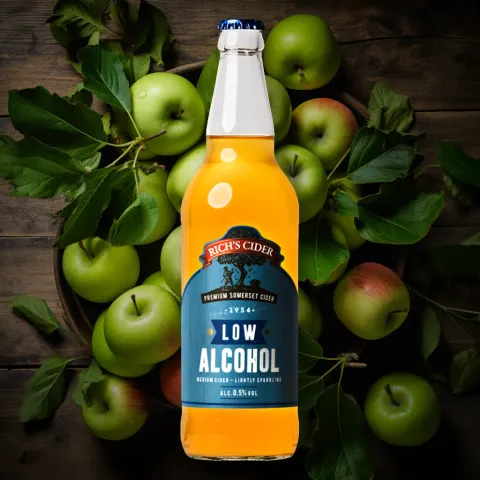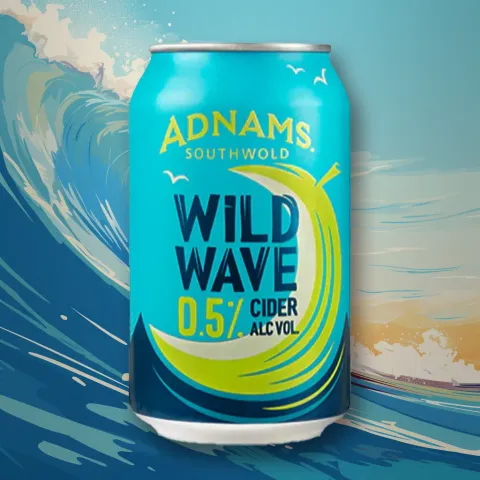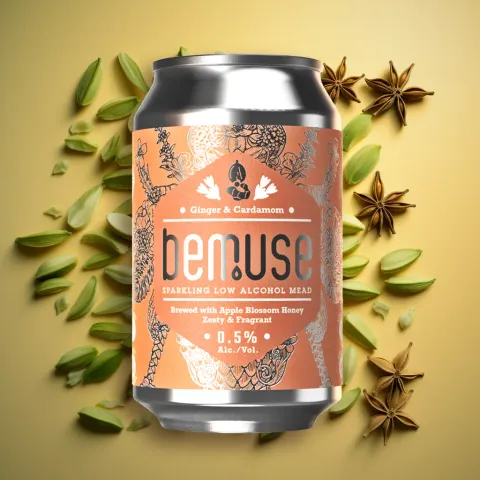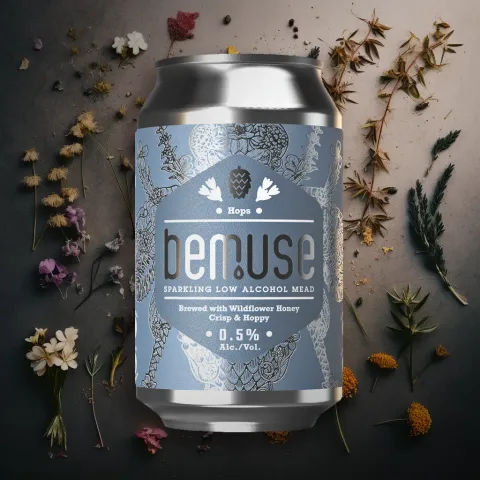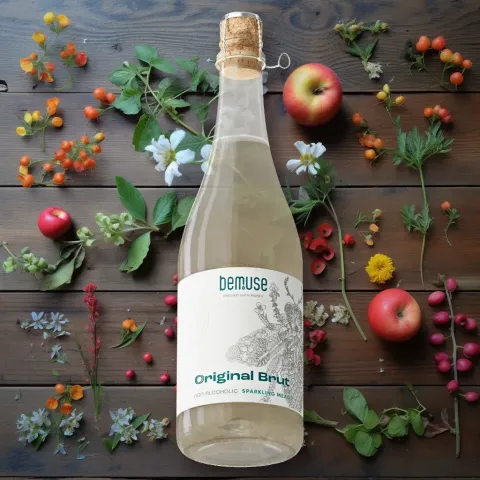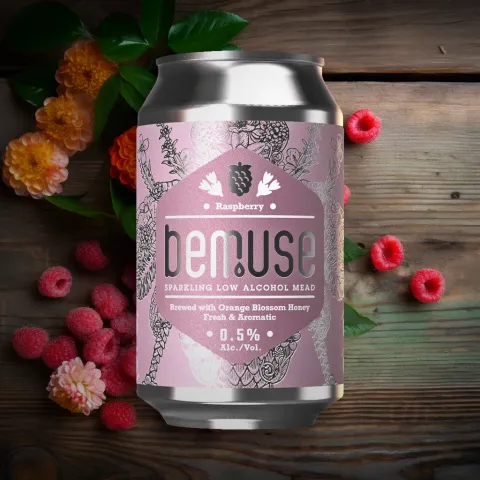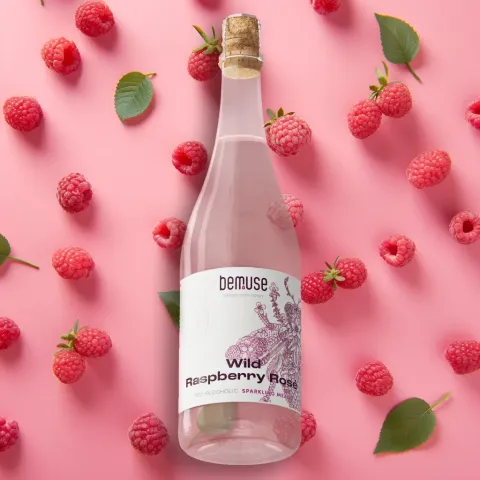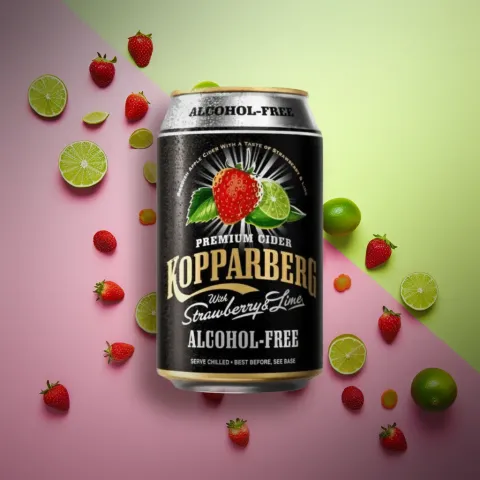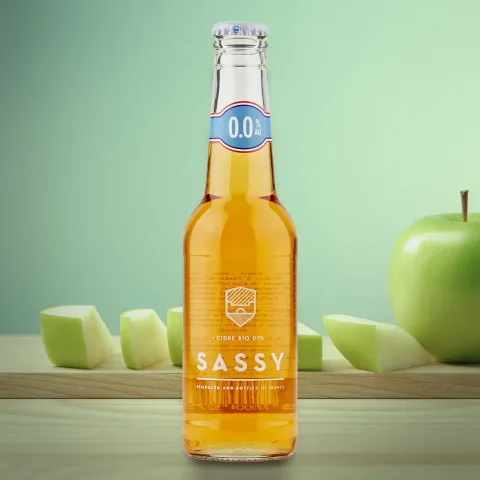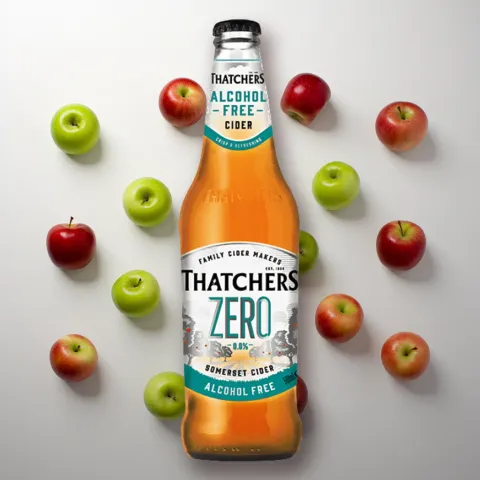Alcohol-Free & Non-Alcoholic Ciders
Experience the unique, refreshing taste of Kopparberg Mixed Fruits Non-Alcoholic cider. A fruity, alcohol-free beverage perfect for all.
Enjoy the refreshing taste of Kopparberg Strawberry & Lime Alcohol-Free Fruit Cider, with just 205 calories per 500ml serving.
Magners Zero Alcohol-Free Cider (0.0% ABV)
Price: £1.99
Experience the crisp and refreshing taste of Magners Zero Alcohol-Free Cider. A flavourful drink with apple and cider notes.
Experience the exquisite taste of Maiden Mill 'Flyer' Cloudy Medium Dry Alcohol-Free Cider (0.5% ABV). Vegan and gluten-free without compromise on taste.
Experience the perfect blend of tartness and sweetness in each sip of Maiden Mill 'Voyage' Golden Medium Alcohol-Free Cider. Gluten-free and vegan-friendly.
Experience premium Rich's Cider Medium Alcohol-Free Cider. Made from Somerset cider apples, it's gluten-free and vegan with a refreshingly crisp flavour.
Sheppy's Low Alcohol Classic Cider (0.5% ABV)
Price: £2.59
Enjoy the authentic taste of Somerset with Sheppy's Low Alcohol Classic Cider. All the flavour of traditional cider at 0.5% ABV.
Experience the distinctively English taste of Adnams Wild Wave Low Alcohol Cider. It's refreshingly juicy & comes with just 0.5% ABV.
Enjoy the sophisticated taste of Bemuse Ginger & Cardamom Sparkling Mead - An alcohol-free drink blending ginger and cardamom with apple blossom honey.
Discover Bemuse Hops Infused Mead Sparkling alcohol-free and low-sugar drink. Crafted from natural ingredients and wildflower honey for unique flavours.
Bemuse Original Brut (0.5% ABV)
Price: £11.49
Experience the refreshing Bemuse Original Brut - a low-sugar, alcohol-free mead with delicate gooseberry and green apple notes. Balanced and light.
Bemuse Raspberry Sparkling Mead (0.5% ABV)
Price: £3.59
Enjoy Bemuse Raspberry Sparkling alcohol-free Mead - a low-sugar drink crafted from orange blossom honey for a delightful balance of sweetness and citrus.
Bemuse Tarragon, Basil and Hops Sparkling Mead is an award-winning alcohol-free beverage brewed with heather honey. Low-sugar and gluten-free.
Bemuse Wild Raspberry Rosé (0.5% ABV)
Price: £11.49
Experience the alcohol-free, low-sugar Mead - Bemuse Wild Raspberry Rosé. Expertly crafted in England with Spanish Orange Blossom honey for an elegant taste.
Indulge in the unique taste of Kopparberg Strawberry & Lime Non-Alcoholic Can. This thirst-quenching, alcohol-free fruit cider is vegan and gluten-free.
Experience refreshing taste with Maison Sassy Organic Alcohol-Free Cider. Hand-crafted in Normandy and packed with natural goodness of apples.
Thatchers Zero Alcohol-Free Cider (0.0% ABV)
Price: £2.29
Indulge in Thatchers Zero's award-winning Alcohol-Free Cider that offers a delectably dry farm house flavour in an aromatic sensation of crisp apples.
